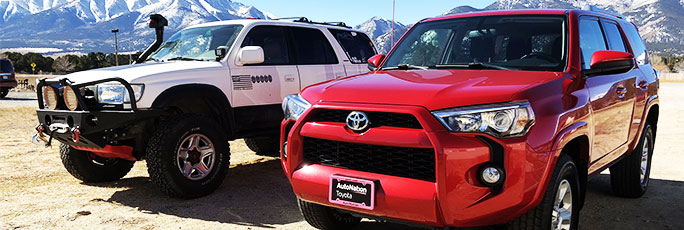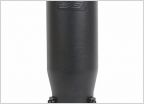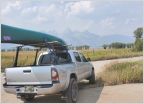-
Welcome to 4Runners.com!
You are currently viewing as a guest! To get full-access, you need to register for a FREE account.
As a registered member, you’ll be able to:- Participate in all 4Runner discussion topics
- Transfer over your build thread from a different forum to this one
- Communicate privately with other 4Runner owners from around the world
- Post your own photos in our Members Gallery
- Access all special features of the site
A Recovery Strap, A Tiedown Strap and A Chain...
Discussion in 'General 4Runner Talk' started by 1engineer, Apr 14, 2014.


 4th generation any rust issues
4th generation any rust issues Bolt on exhaust tips 2018 SR5 4runner
Bolt on exhaust tips 2018 SR5 4runner Dog hair on headliner
Dog hair on headliner Sealing holes in roof
Sealing holes in roof Accurate, easy to use tire pressure gauge
Accurate, easy to use tire pressure gauge Canoe gunwale mounts for Prinsu or Uptop Overland rack?
Canoe gunwale mounts for Prinsu or Uptop Overland rack?















































































